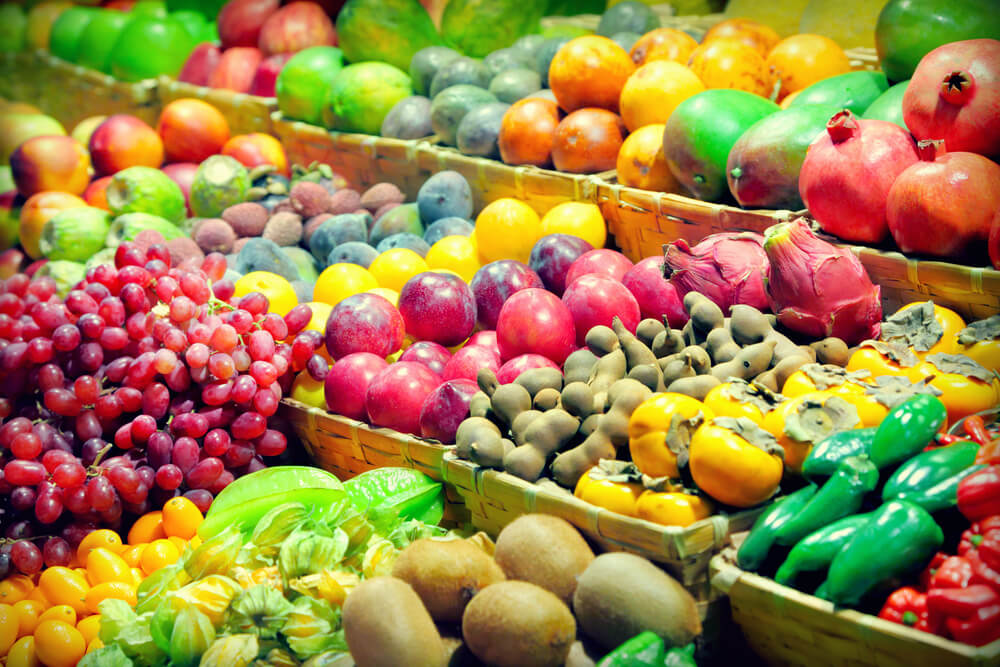Exporting fruits and vegetables can be a lucrative business opportunity, given the global demand for fresh produce. However, it requires careful planning and adherence to various regulations to ensure success. This guide outlines the essential steps involved in exporting fruits and vegetables.
1. Market Research
Before starting the export process, conduct thorough market research to identify potential markets. Understand the demand for specific fruits and vegetables in different regions, and analyze the competition. This will help you tailor your products to meet market needs and preferences.
2. Quality Standards
Meeting international quality standards is crucial for exporting fruits and vegetables. Ensure that your produce is free from pests and diseases, and meets the size, shape, and color requirements of the importing country. Obtaining certifications from relevant agricultural authorities can enhance your credibility.
3. Harvesting and Post-Harvest Handling
Proper harvesting techniques are essential to maintain the quality of fruits and vegetables. Harvest at the right maturity stage and handle the produce carefully to avoid damage. Post-harvest handling includes cleaning, sorting, and packaging, which should be done in a hygienic environment to preserve freshness.
4. Packaging
Packaging plays a vital role in protecting fruits and vegetables during transit. Use durable and breathable packaging materials that prevent physical damage and allow air circulation. Label the packages with necessary information such as product name, weight, and country of origin.
5. Transportation
Choose the appropriate mode of transportation based on the destination and the nature of the produce. For short distances, refrigerated trucks may suffice, while for international shipments, air or sea freight with temperature-controlled containers is recommended to maintain freshness.
6. Regulatory Compliance
Complying with both the exporting and importing countries’ regulations is mandatory. This includes obtaining export licenses, adhering to phytosanitary requirements, and ensuring all documentation is accurate and complete. Common documents include the phytosanitary certificate, commercial invoice, and bill of lading.
7. Finding Buyers
Establishing a network of reliable buyers is crucial for a successful export business. Participate in trade fairs, join export associations, and use online platforms to connect with potential buyers. Building strong relationships with buyers can lead to long-term business opportunities.
8. Payment and Insurance
Agree on payment terms with your buyers and choose a secure payment method, such as a letter of credit. Additionally, consider export insurance to protect against potential risks such as damage, loss, or non-payment.
Conclusion
Exporting fruits and vegetables requires meticulous planning and adherence to quality and regulatory standards. By following these steps, exporters can successfully navigate the complexities of international trade and expand their market reach. With the right strategy, exporting fresh produce can be a profitable venture.
![]()

